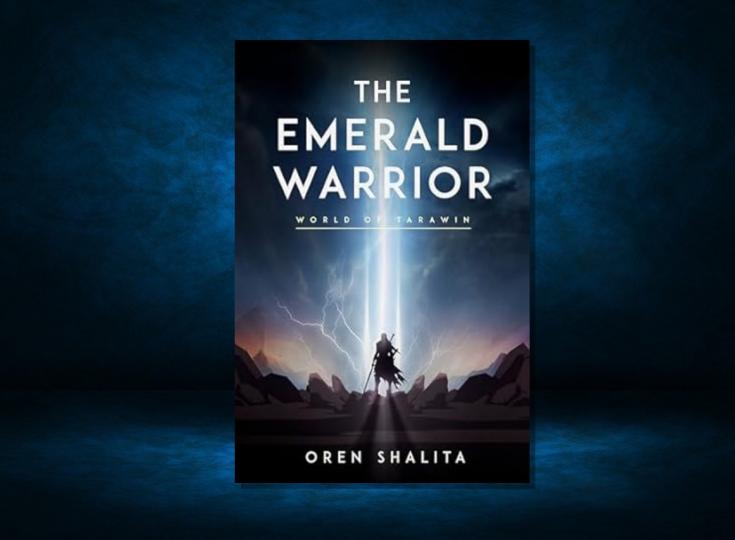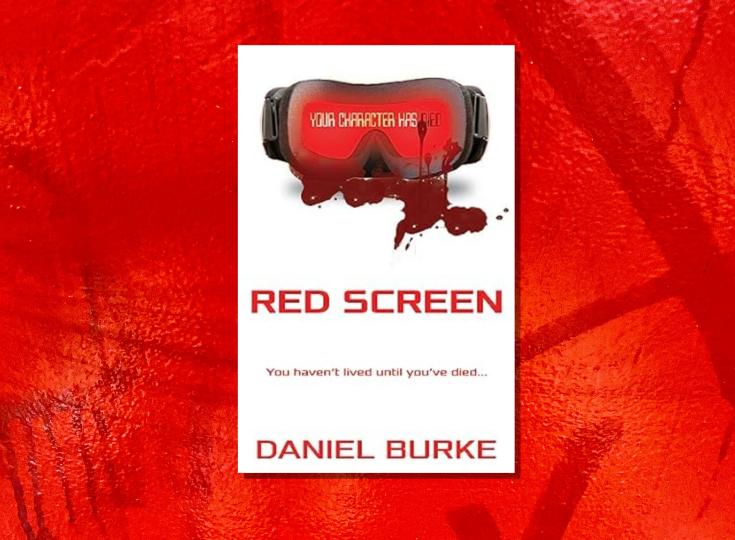5 Books About Bullying - Recommended by Signe Whitson
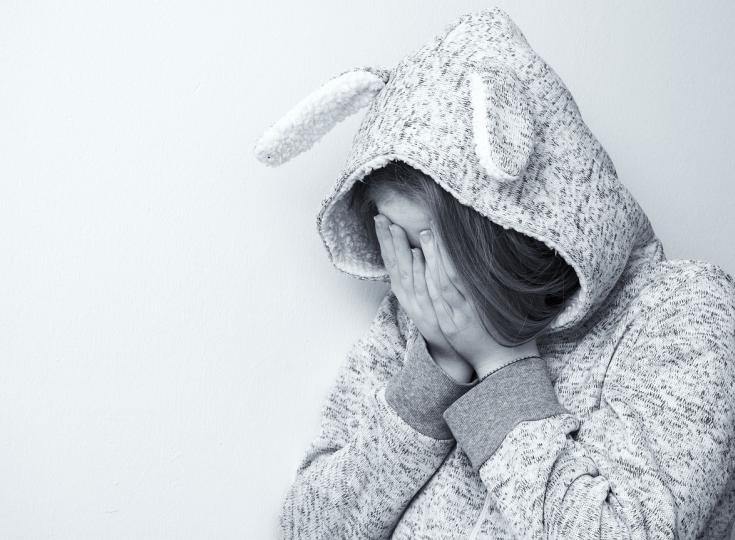
We chat with Signe Whitson, an author and international educator on bullying prevention about modern bullying behavior and how to deal with it. She recommends 5 books on the topic and we explore what they are all about.
Please tell us a bit about yourself and your work.
I am an author and international educator on bullying prevention, crisis intervention, and other topics related to child & adolescent mental health. I work as the Director of Counseling at the Swain School in Pennsylvania and serve as the Chief Operating Officer of the Life Space Crisis Intervention Institute. In my articles, books, training workshops and direct interactions with professionals and parents, I try to provide down-to-earth, practical strategies for working and living with children, tweens and teens. I’m a mama of two wonderful teenage daughters, a lifetime runner, and just a bit obsessed with skiing any chance I get.
Why do you feel so passionate about bringing an end to bullying?
I was initially drawn to this work as a mom of young children, observing incidents of social dominance behavior and peer exclusion among kids at much earlier ages than I would have anticipated. The more I learned about the roots of bullying behavior, the more I understood that caring adults have an incredible opportunity to change the culture of bullying in schools and communities by establishing positive relationships with kids and actively cultivating skills such as empathy, problem-solving, assertiveness, and conflict resolution in our young people.
Your first book recommendation, 8 Keys to End Bullying, deals with cyberbullying. In which way has technology given the problem a new dimension?
Cyberbullying often occurs alongside of other “traditional” bullying methods but is distinct from physical, verbal and relational aggression in a few important ways:
Cyberbullying can occur anonymously, as perpetrators operate from behind computers and smartphones, rather than face-to-face.
For many youngsters, this anonymity is a Get-Out-of-Guilt-Free card. Many kids find it far easier to be cruel when they don’t have to lock eyes with the object of their viciousness.
Pain becomes viral. Technology allows for almost endless forwards, shares, and “Likes.” In “20th century” bullying, a child might have been the object of scorn by a few classmates; with technology, he/she can become humiliated throughout his school, community, and even worldwide.
“What happens on the internet stays on the internet.” Traditional bullying occurs as an event. When a young person is the victim of cyberbullying, on the other hand, his victimization can be repeated endlessly, as photos, videos, and messages are sent and re-sent.
There are no time or space boundaries with cyberbullying. Whereas physical bullying requires two people to be in the same place at the same time, cyberbullying thrives on after-hours and distance. There is no rest for the bully-weary.
Why is it so important for adults to have access to certain techniques to stop bullying behavior?
Professionals and parents often struggle with questions such as, "Should I intervene in a young person’s peer conflicts? OR Isn’t bullying a part of life that kids need to get used to?" The line between helicopter and hands-off adulting can be confusing, as we waver between wanting to protect kids from any kind of hurt while also wondering, “Isn’t this just normal kid stuff?”
The bottom line is this: conflict is normal; bullying is not.
To deal with either one, young people need specific skills. To manage conflict, many kids can utilize skills that adults have taught them along the way, such as how to disagree without arguing. To manage the power imbalances and intentional, patterned cruelty that marks bullying behavior, however, kids need the help of caring adults who understand and know how to bring an end to bullying dynamics. Even the most confident, well-liked, assertive young person struggles to stop bullying behavior without the assistance of a knowledgeable adult.
Next up is The 8 Keys to End Bullying Activity Program. Please tell us more.
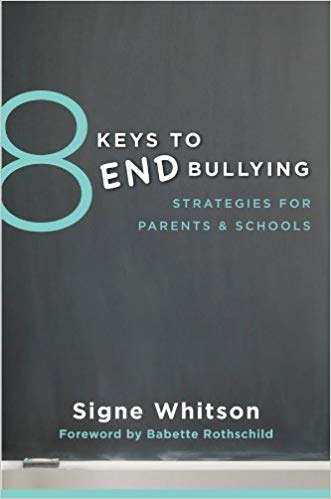
The 8 Keys to End Bullying Activity Program is designed to teach elementary and middle school aged kids the specific skills they need to cope with conflict and deal with bullying. Featuring specifics for how to recognize bullying in all of its forms (physical, verbal, relational and online), how to respond effectively to unwanted aggression, how to enjoy technology and social media without becoming a victim of cyberbullying, and how to connect with genuine, supportive peers, the 8 Keys to End Bullying Activity Book uses real-life situations, games and engaging activities to build life-long skills.
Your next book is Friendship and Other Weapons. How can friendship be used as a weapon?

Friendship & Other Weapons focuses on relational aggression—a type of bullying in which young people use their friendship (or the threat of withdrawing their friendship) as a weapon against one another. Some of the most common ways that kids use friendship as a weapon is by gossiping, spreading cruel rumors (both online and in person), giving the silent treatment, and purposefully excluding others. Friendship and Other Weapons teaches young people how to recognize these under-the-radar bullying behaviors that are not as easy for adults to spot and cultivate more genuine, supportive, nurturing friendships with peers.
Fourth on your list is My Secret Bully by Trudy Ludwig. Monica is a target of relational aggression. Why is this also considered bullying?
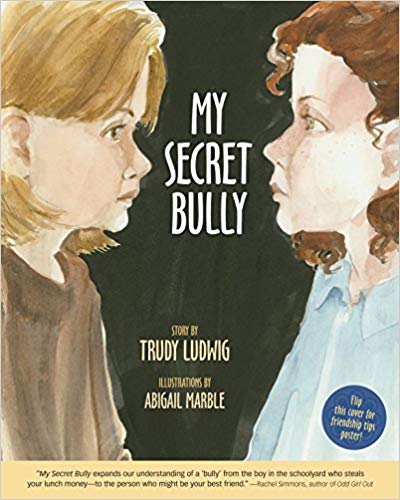
My Secret Bully is a fantastic book that shines a light on the dynamics of relational aggression that so many young people experience but don’t know how to articulate or explain. Trudy Ludwig does a brilliant job of bringing to life this painful side of friendship and giving young people a roadmap for how to overcome its hurt and confusion.
Last up is Sticks and Stones: Defeating the Culture of Bullying and Rediscovering the Power of Character and Empathy by Emily Bazelon. Do you agree with the book that there is a culture of bullying?
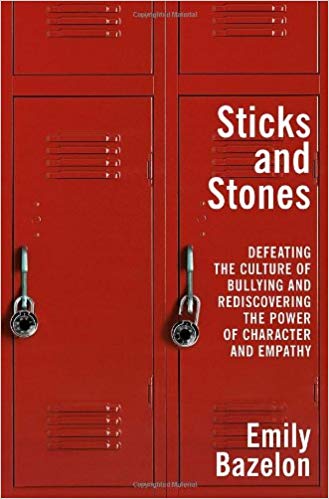
Bullying is a darker side of human nature—an instinct to gain social power at the expense of others. The bad news is, in certain cultures, bullying behavior thrives. The good news is, we know what it takes to create cultures of kindness, compassion, collaboration and inclusion in which bullying behavior will fail to ever take root.
What are you working on right now?
I just published my 7th book, called Parenting the Challenging Child: The 4-Step Way to Turn Problem Situations into Learning Opportunities. This book teaches parents and caregivers how to improve relationships with their child(ren), better understand what is happening in a young person’s brain during periods of stress and conflict and use a step-by-step process to respond to children in ways that interrupt the dynamics of conflict.
Where can our readers discover more of your work or interact with you?
I hope they’ll find me through my website (www.signewhitson.com), on Facebook, or on Twitter @SigneWhitson. My books are available on amazon.com and through the LSCI Institute (www.lsci.org)

